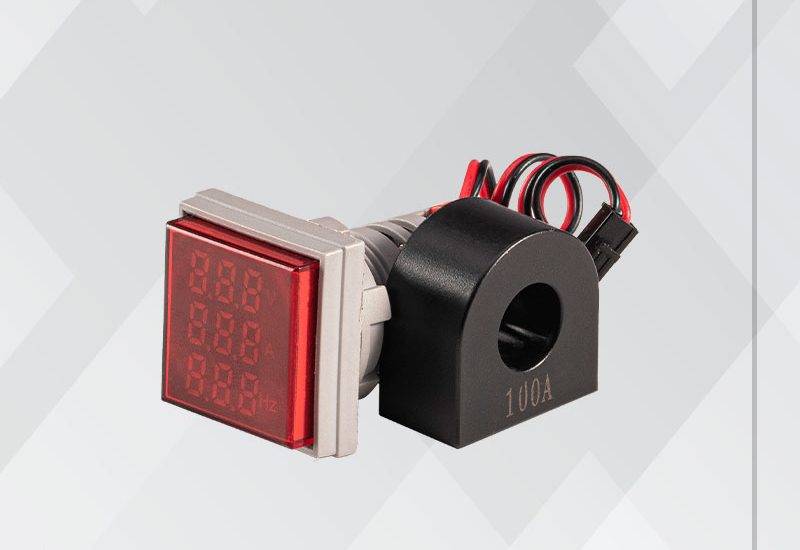- 2021-11-10
- Posted by: manager
- Category: BLOG

A multimeter or a multi tester, also known as a V/A (volt-current), is an electronic measuring Instrument that combines several measurement functions in one unit. Atypical multimeter can measure voltage, current, resistance. Analog multimeters use a microammeter with a moving pointer to display readings. Digital multimeters (DMM, DVCM) have a numeric display, and may also show a graphical bar representing the measured value. Digital multimeters are now far more common due to their lower cost and greater precision having obsoleted analog multimeters. Modern multimeters are often digital due to their accuracy, durability and extra features. In a digital multimeter, the signal under test is converted to a voltage and an amplifier with electronically controlled gain preconditions the signal. A digital multimeter displays the quantity measured as a number, which eliminates parallax errors. A multimeter can be a hand-held device useful for basic fault finding and field service work, or a bench instrument which can measure to a very high degree of accuracy. Multimeters are available in a wide range of features and prices. Contemporary multimeters can measure many values.
The most common are:
Voltage, altenating and direct, in volts.
-Current, alternating and direct, in amperes.
The frequency range for which AC measurements are accurate is important, depends on the circuitry design and construction, and should be specified, so users can evaluate the readings they take. Some meters measure currents as low as milliamps or even microamps. All meters have a burden voltage (caused by the combination of the shunt used and the meter’s circuit design), and some (even expensive ones) have sufficiently high burden voltages that low current readings are seriously impaired.

